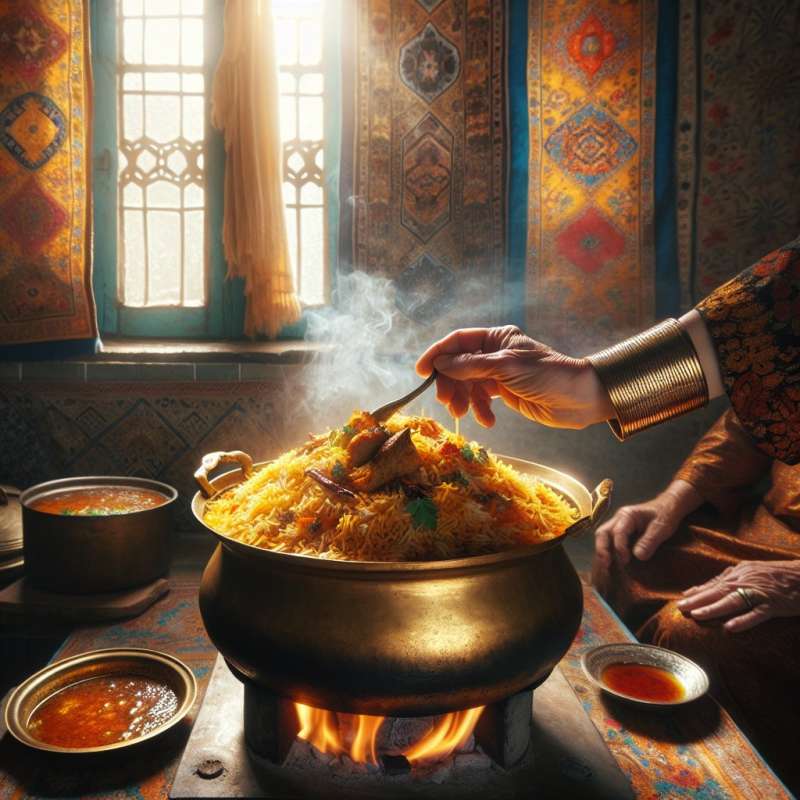
Biryani: Historical Roots
Originating from Persia, biryani traversed to India with Mughal influence. It's a festive dish, often reflecting local traditions and ingredients, which vary across Indian subcontinents resulting in numerous regional varieties.
Selecting Ingredients
The choice of rice is crucial; long-grain Basmati is preferred for its fragrance and length after cooking. Meat choices vary, traditionally including goat, chicken, or beef, marinated meticulously for tenderness and flavor.
Spices and Aromatics
A harmonious blend of spices is essential. Cinnamon, cardamom, cloves, and bay leaves are common. Saffron soaked in warm milk provides the iconic color and aroma, distinguishing biryani from ordinary rice dishes.
Marination Mastery
Marination plays a pivotal role, often using yogurt as a base, mixed with ginger, garlic, and selected spices. The process, which can last several hours to overnight, infuses the meat with rich flavors.
Layering Technique
Critical to biryani's uniqueness is the 'Dum' cooking method. Partially cooked rice and marinated meat are layered, allowing flavors to meld under slow heat, creating a complex flavor profile.
Garnishing Secrets
Garnishes such as fried onions, mint, coriander, and boiled eggs aren't just decorative. They add texture and additional layers of taste, complementing the main ingredients.
Serving and Pairing
Traditionally, biryani is served with raita or salan (spicy gravy) to balance the spices. Complement this dish with a side of pickled vegetables or a slice of lemon to elevate the experience.Biryani in Space!
In 2017, astronauts enjoyed biryani aboard the International Space Station, showcasing its universal appeal and adaptability even in zero gravity!
Biryani's origination country?
India directly
Persia originally
England's invention
Company